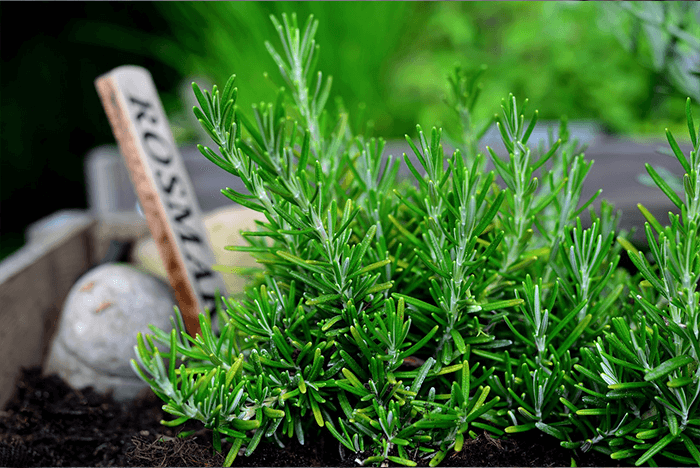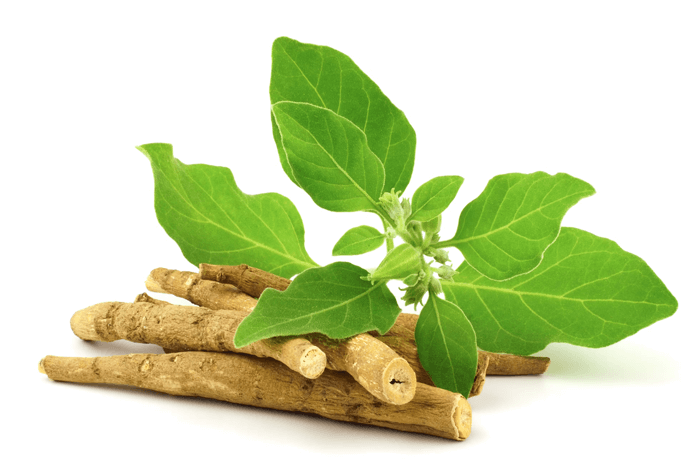Description:
Oregano, scientifically known as Origanum vulgare, is a perennial herb in the mint family, Lamiaceae. Native to the Mediterranean region, it has been used for centuries in cooking and medicine. The plant is known for its aromatic leaves, which are often used fresh or dried to flavor a variety of dishes, particularly in Italian, Greek, and Mexican cuisines.
Common Features:
- Appearance: Oregano is a small, bushy plant that typically grows to a height of about 20 to 80 cm. The leaves are oval, dark green, and about 1 to 4 cm long. The plant produces small, purple or white flowers that bloom in clusters.
- Aroma and Flavor: Oregano leaves have a strong, aromatic scent with a warm, slightly bitter taste. The flavor intensifies when the leaves are dried.
- Growth Habit: It thrives in well-drained soil and requires full sunlight. Oregano is drought-tolerant and can grow in poor soils, making it a hardy plant that requires minimal maintenance.
Role in the Ecosystem:
- Pollinator Support: Oregano flowers attract a variety of pollinators, including bees, butterflies, and other beneficial insects, contributing to the health and diversity of garden ecosystems.
- Soil Improvement: The plant’s root system helps prevent soil erosion, and its presence can improve soil structure and health over time.
- Pest Repellent: The strong aroma of oregano can act as a natural repellent for certain pests, making it a beneficial companion plant in gardens.
Importance:
- Culinary Use: Oregano is a staple herb in many cuisines. It is commonly used in sauces, marinades, soups, and stews. Its strong flavor pairs well with a variety of ingredients, making it a versatile herb in the kitchen.
- Medicinal Properties: Oregano has been used in traditional medicine for its potential health benefits. It contains compounds like thymol and carvacrol, which have antimicrobial, antioxidant, and anti-inflammatory properties. Oregano oil is often used in herbal remedies to treat respiratory issues, digestive problems, and skin conditions.
- Cultural Significance: In ancient Greece, oregano was a symbol of happiness and was used in wedding ceremonies. It was also used in medicinal practices by the Greeks and Romans.
Interesting Facts:
- Name Origin: The name “oregano” comes from the Greek words “oros,” meaning mountain, and “ganos,” meaning joy. This reflects the plant’s origin and the joy it brings in culinary uses.
- Varieties: There are several varieties of oregano, including Greek oregano (Origanum heracleoticum), Italian oregano (Origanum x majoricum), and Mexican oregano (Lippia graveolens), each with a slightly different flavor profile.
- Historical Use: Oregano was used as a preservative for food before the advent of modern refrigeration, thanks to its antimicrobial properties.
- Global Spread: Oregano gained widespread popularity in the United States after World War II, when returning soldiers brought back a taste for Italian cuisine.



